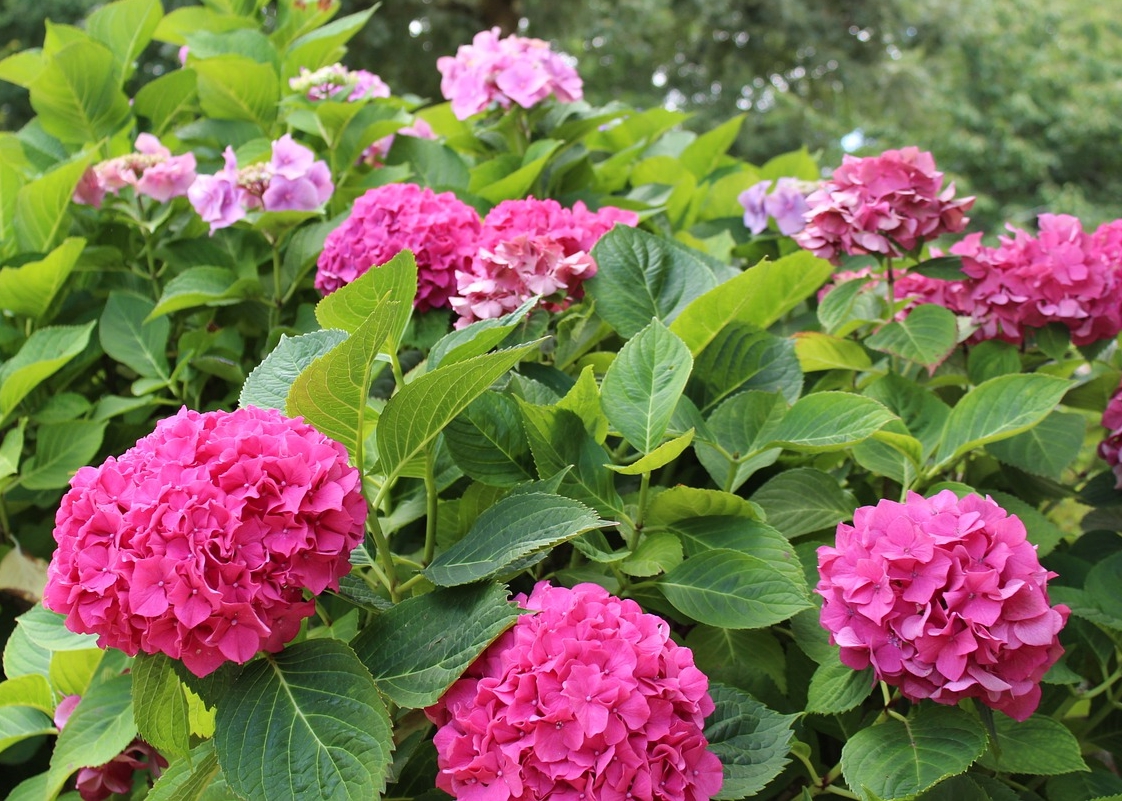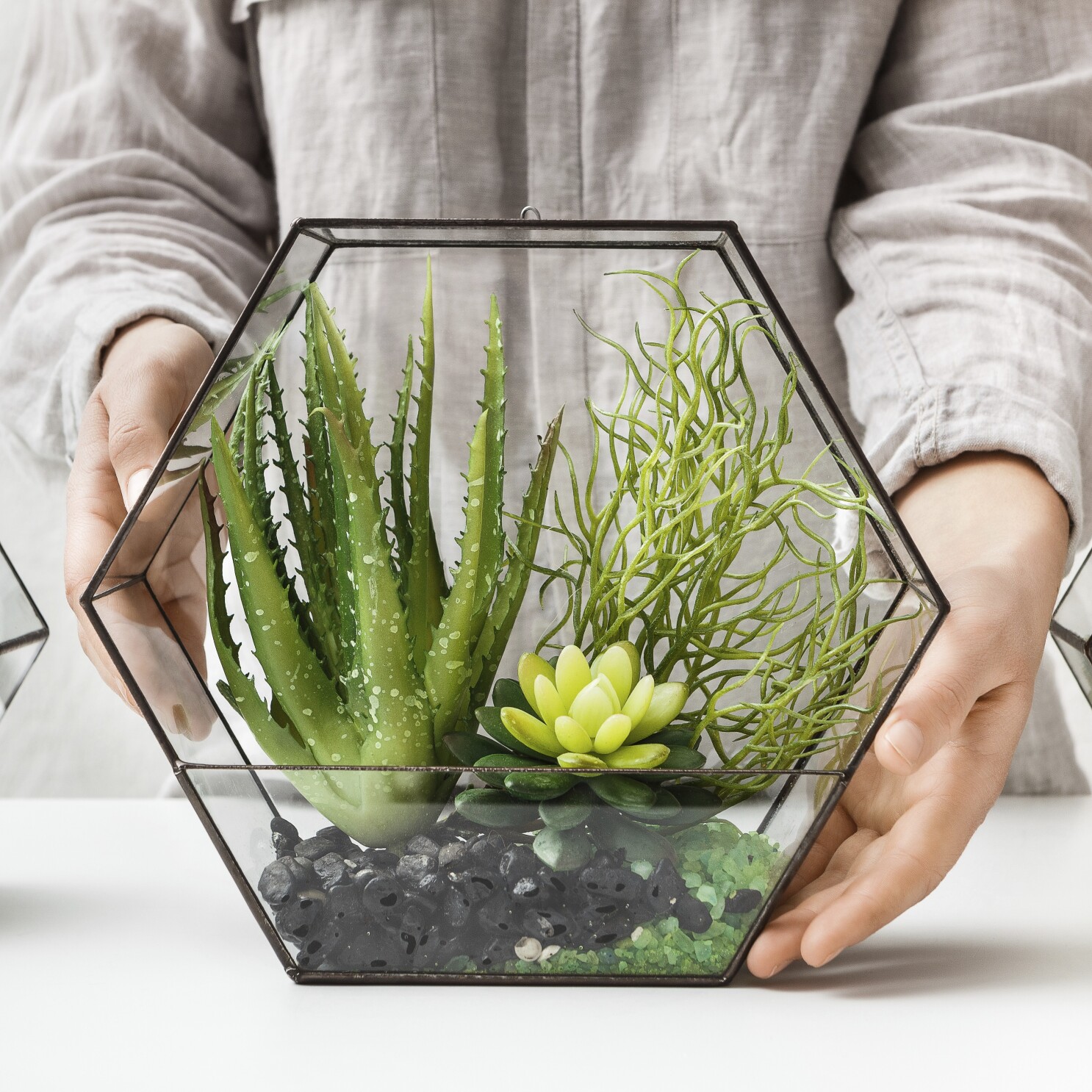Oh hydrangeas! When they offer us those lush flowers, they are truly splendid and give us so much satisfaction. But to achieve this result, it is necessary to take proper care of hydrangeas, whether they are in the garden or in pots. They begin to bloom between April and June. They are not forced plants, which come from greenhouses, but they are suitable for growing in the garden, in the ground or in pots. Let’s see what are the main tips to take care of the Hydrangea plant and ensure it an exceptional bloom!
How to care for hydrangea
Its scientific name is Hydrangeam, it belongs to the Sassifragaceae family, more precisely Hydrangea hortensia, and is native to China and Japan. Hydrangea is a perennial shrub and is mostly grown for decorative purposes. During the winter season, it loses its leaves and fades completely, while in spring it recovers and the leaves and the first flowers begin to appear.
But now let’s see the tips to take care of Hydrangea in the best possible way and ensure it blooms abundantly and lushly.
1 Water Should Never Run Out
If you want to prevent the plant from suffering and losing all its vigor, it is good to ensure that it receives plenty of water. You’ll need to remember to take care of your Hydrangea plant every day by giving it all the water it needs. In addition, Hydrangea is a very suitable plant for growing in pots. In this case, the quantity of water must be at least twice as important as when it is planted in full ground. Indeed, as it cannot feed itself from the subsoil, it will need much more watering.
2 Cool Temperatures
To properly care for hydrangeas, cool temperatures should not exceed 18º and should be refreshed, even in summer.
3 Plenty of Food
Hydrangeas can reach considerable dimensions, in fact they can reach 3 meters in height and, if they are pruned correctly, they produce an abundant quantity of flowers and inflorescences, sometimes even huge, as in the case of Hydrangea macrophylla. To properly care for the hydrangea plant it is necessary to give it plenty of food, this means providing it with a fat soil and possibly organic fertilizer, as well as acid. The fertilizer to be given to hydrangeas should be about twice as much as that normally given to plants. But remember that the soil must be very compact, but not loose, which immediately drains water, because you can’t even risk water stagnation that leads to root rot.
4 Light, Please, But Not Too Much!
Hydrangeas love the sun, but they should not be exposed to direct sunlight, to be precise they want partial shade even though a few hours of sunlight is useful, especially in the morning.
5 Beware of Drastic Pruning
The theme of pruning hydrangea is very delicate, in fact, it is necessary to proceed with great care, because it is one of those plants that hardly supports erroneous pruning. These must therefore be very contained and only remove the woody branches that have produced many flowers. The branches that still have to bloom should not be touched. For the rest, you just need to give a scissor blow here and there, to give a better shape to your plant. In general, pruning should be done at the end of the flowering period, the best month is February; otherwise in spring, just before the heat arrives. On the other hand, the youngest or still forming hydrangeas should not be pruned at all, but only the most fragile and dry branches, as well as the faded flowers, should be removed. In fact, it is possible to prune only from the third year of life.
6 What to Do If the Hydrangea Has Not Bloomed
What should you do if your hydrangeas don’t bloom because of the cold? In this case, it is necessary to give specific care to the hydrangea plant to ensure a splendid and abundant bloom for the following year. We have a very practical tip for you: prune it drastically in the middle of summer, in July. Then reduce the plant to four branches and remove all the leaves, so that the following year, unless it freezes again, it will give us many branches and flower buds. But be careful, after this radical intervention, the Hydrangea should not be touched in any way, only in this way the result of the operation will lead to the hoped-for success.
What flowers do you already grow in your garden? What are the useful tips you use? Share them with us in the comments below.




